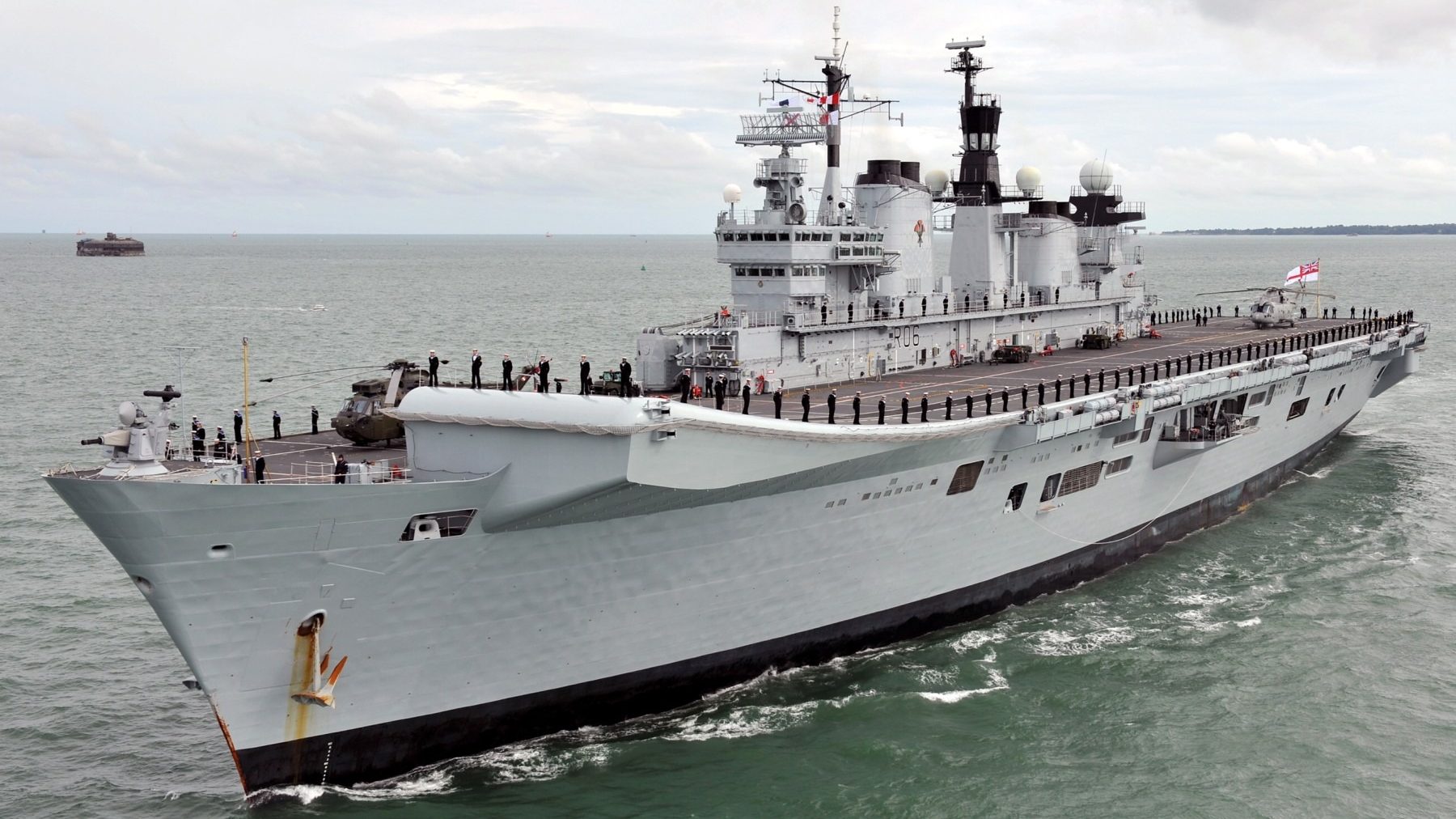Question: Amongst (or in comparison to) the other British Armed Services, what is the Royal Navy known as? Answer: The Senior Service This reflects the Royal Navy’s claim of being Britain’s oldest armed service dating from 1660 (see footnote below). The Navy has also generally been viewed by governments over many centuries as the most important armed service because Britain was dependent upon Maritime Supremacy. Question: Which British Institution flies a flag called the White Ensign? Answer: Royal Navy Question: What title is given to the Admiral who is Head of the Royal Navy? Answer: The First Sea Lord Question: Where did the mutineers on the Royal Navy vessel HMS Bounty settle? Answer: Pitcairn Islands Question: After the Battle of Trafalgar (1805), for the next 100 years the Royal Navy ruled the seas. What is this period known as? Answer: Pax Britannica Question: Who for thirty years from 1660 was responsible for the administration of the Navy and did much to improve its organisation? Answer: Samuel Pepys He set up ranks & the orders of promotion; the Victualling Board and the fixed ration scales. Question: A Royal Navy fleet captured Gibraltar in 1704 during the War of Spanish Succession. Who commanded the fleet? Answer: Admiral Sir George Rooke Question: What is the equivalent rank in the Navy to a Brigadier in the Army? Answer: Commodore Question: In Neson’s Navy, what was the shape of the plates used by the sailors? Answer: Square This is the origin of the expression a Square Meal.
An Interesting Footnote about The Senior Service British institutions changed irrevocably with the Restoration of the Monarchy in 1660. Previously, armies and warships had been been (somewhat) ad hoc elements under the Monarch’s control but at the Restoration they became, for the first time, organised institutions in their own right. Hence in 1660 the Royal Navy and the English Army were both established. However when the Union of England and Scotland took place in 1707, Scotland had little to no fleet to merge with the already existing Royal Navy hence the Royal Navy claims it was established in 1660. However, the British Army dates from the Union in 1707 because of the merger of the English and Scottish Armies to form the British Army. This is why the Royal Navy claims it is an older institution than the British Army although the English Army dates from exactly the same time as the Royal Navy.
Royal Navy
